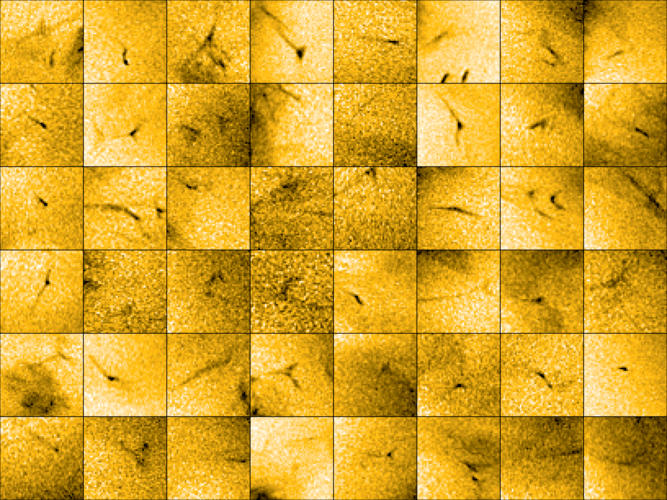
“I think it's a significant step to find something on the disc that certainly is contributing to the solar wind,” says David Berghmans, Royal Observatory of Belgium, and principal investigator for the EUI instrument.
At present Solar Orbiter is still circling the Sun close to its equator. So in these observations, EUI is looking across the south pole at a grazing angle.
“It's harder to measure some of the properties of these tiny jets when seeing them edge-on, but in a few years, we will see them from a different perspective than any other telescopes or observatories so that together should help a lot,” says Daniel Müller, ESA Project Scientist for Solar Orbiter.
That is because as the mission continues, the spacecraft will gradually incline its orbit towards the polar regions. At the same time, the activity on the Sun will progress through the solar cycle and the coronal holes will begin popping up at many different latitudes, providing a unique new perspective.
All involved will be eager to see what fresh insights they can collect because this work extends further than our own Solar System.
The Sun is the only star whose atmosphere we can observe in such detail, but it is likely that the same process operates on other stars too. That turns these observations into the discovery of a fundamental astrophysical process.



